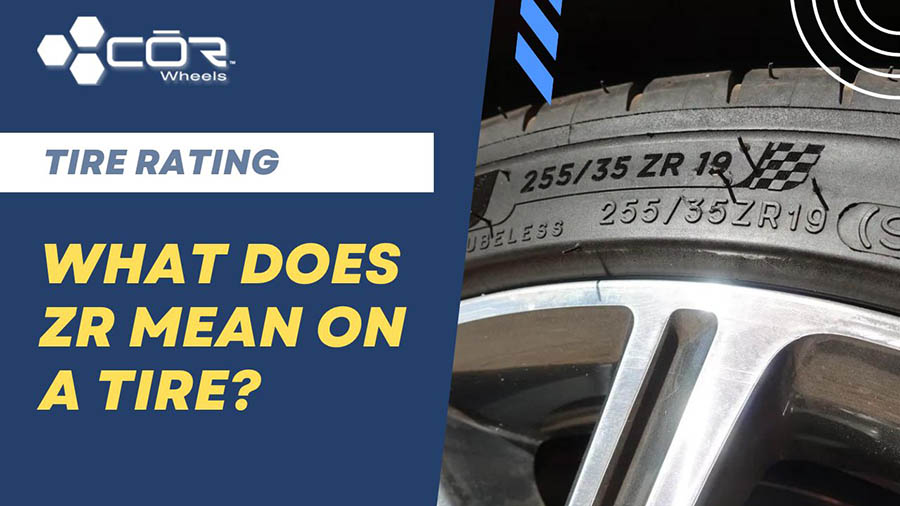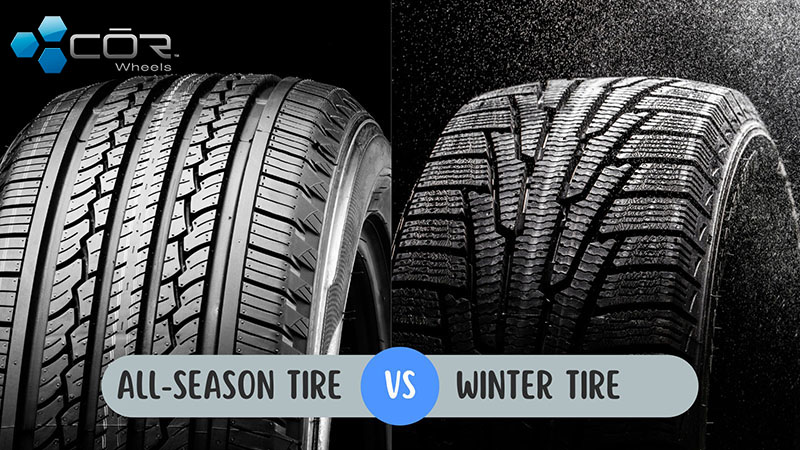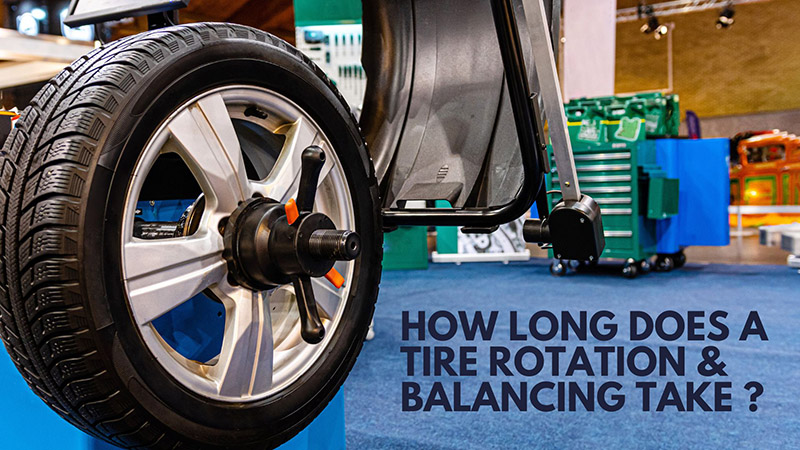Should you use Fix-a-Flat? Is it any bad? All these questions are often stuck in many drivers’ heads, especially those who are new to the car-repairing world. Fortunately, this article contains the answers to clear out all your confusion about this well-known liquid tire sealant.
In this article:
How Does Fix-A-Flat Work?
This container of tire sealant contains the liquid injected into your tire in addition to the extra air. After entering the tire, the slime solidifies against the interior and, ideally, seals the hole.
So, will Fix-a-Flat inflate a tire? Yes. This product can only repair punctures of a quarter of an inch at maximum and fill your inflated tire with sufficient air so that you can drive to the nearest repair center.
It is supposed to allow you to travel home or to the nearest air pump or tire shop. Notice to drive the vehicle for only 2-4 miles before stopping at a fuel station or using a tire inflator to fill the tire with the appropriate quantity of air pressure.
How To Use Fix-A-Flat
Don’t know how to use this flat tire repair kit? Here is the step-by-step guide.
Step 1: Park Your Car in a Safe Area.
Many modern vehicles come with a TPMS (short for Tire Pressure Monitoring System), which monitors tire pressure and alerts the driver when a tire goes flat. If you see this warning sign illuminating on the dashboard, park your car in a secure area, such as a parking lot or by the side of the road.
Step 2: Find The Leak Spot.
It’s critical to locate the leak spot as soon as you realize your tire is losing air. Numerous things, including road debris, pointy objects, and extreme tire wear, might result in airless tires.
Suppose the puncture is bigger than 1/4 inch; Fix-a-Flat can’t help you, and you need to call roadside assistance or tow truck to solve the problem.
Step 3: Open Your Tire Valve.
Once you find the leak spot and know that it’s fixable with Fix-a-Flat, the next thing to do is remove your tire valve cap’s screws and store it somewhere secure and easy to find.
Step 4: Use Fix-A-Flat.
First, shake the Fix-a-Flat can before use. Then, screw the can’s nozzle onto your tire valve tightly. The can will begin airing up the tire once its nozzle is in position. Keep in mind that Fix-a-Flat should only be used once, so fill just one tire with the entire can.
Step 5: Shut Your Tire Valve.
Unscrew the Fix-a-Flat nozzle and screw back your valve cap after the tire has been entirely filled with the can’s contents.
Step 6: Head To The Road Immediately After Using The Sealant.
Drive your automobile right after applying Fix-a-Flat. This way, the tire pressure will be raised, and the sealant will be distributed more evenly within.
Still, notice that your car should only go for about 2-4 extra miles after applying the product. Then, it would be best to bring it to a local tire repair center and get the problem solved permanently.
Is Fix-A-Flat Worth It? Does It Ruin Tires?
It will not ruin your tires!
But based on your current situation, this fix may be worth it or not. In some circumstances, the Fix-a-Flat product undoubtedly fixes a flat automobile tire, but this is not the best remedy. Below are the pros and cons so that you can make your own judgment.
Pros
- Affordable
- Simple to use
- Fast repair when needed
Cons
- Temporary fixing effect
- Can only work for 1/4-inch fractures
- Might damage the wheels and rims
Fix-A-Flat Repair Cautions

Fix-a-Flat does work for small fractures. Although using this sealant can be an effective solution, there are some precautions you need to keep in mind.
Create Uneven Tire Wear
Fix-a-Flat can’t ensure a uniform distribution of the chemicals within your tire despite using centrifugal force to spread them.
The inner of the tire may develop heavier areas, which would tip the balance. Because of the uneven weight, the tread will wear unevenly, which can lead to hazardous driving conditions, particularly in the snow or rain.
Affect The TPMS (Tire Pressure Monitoring System)
The TPMS senses your tire’s air pressure level through a small hole. When you use Fix-a-Flat, there is a high chance that this hole will be sealed off permanently.
The mechanics may be able to clean the sealant out, but that is not always the case. This means you are at risk of having your TPMS not functioning properly.
Ruin The Tire Rim
Fix-A-Flat initially seems like a liquid but quickly turns into an extremely stiff, dry foam. It will cover your rims completely, and removing it requires a lot of work. If it is left on there for an extended period of time, the integrity of your rims will eventually be harmed.
Corrosion Issue
Fix-A-Flat is a water-based sealant and contains R134A, the same propellant that your car’s air conditioner uses. R134A and water will have corrosive reactions when combined.
The result has the power to eat through rubber, paint, and aluminum, as the sealant chemical attaches to the tire by slightly corroding the rubber. This chemical weakens, albeit slightly, the strength of your tire.
Frequently Asked Questions
Is Using Fix-A-Flat A Permanent Solution?
No. This tire sealant kit is only a stop-gap. Its sole purpose is to keep you moving until you reach a tire shop to get the tire properly fixed. It won’t help you if you experience a “blow-out,” which typically entails the tread coming away from your tire and having significant leak hole sizes.
How Long Does Fix-A-Flat Last?
In terms of shelf life, this sealant can last for 2 years after the date of manufacturing. The manufacturer warrants that, when used in accordance with instructions, this product will satisfy specifications for 90 days following the date of purchase.
Can I Use Fix-A-Flat To Fix Holes In Run-Flat Tires?
No. It is not recommended to use this product for fixing holes in run-flat tires. Since the construction of these tires was made expressly to show a flat and yet be safe enough to drive on for a short time, they are not intended to be sealed with tire sealant.
The Bottom Line
Is Fix-a-Flat bad for car tires? Hopefully, you have figured out the answer after reading this article. One thing you need to remember is that this is only a temporary emergency tire repair; you will still need to visit a repair facility to have the damaged tire fixed.
See more:








